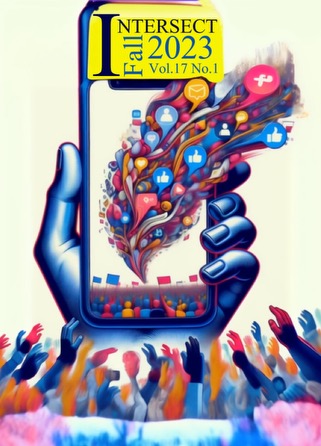A Novel Machine Learning Approach to Generating Mind Maps For Visual Learners
Abstract
Many learners with developmental disabilities, such as dyslexia, aphasia, and autism tend to be visual learners, who learn better when given visual aids in conjunction with written text. A similar benefit is seen for English Language Learners as well. Unfortunately, there is a key lack of methods available to transform vital academic text into a visual format for such learners, with current methods primarily focusing on text-to-text generation, e.g. summarization. My approach, named MindTree, fixes this by automatically generating informative mind maps for any length of textbook or article text. MindTree picks out the key topics from long and complicated texts and organizes them in a hierarchical and logical mind map, drawing connections between related topics. My approach additionally finds latent, or “hidden” topics within the text that may not be explicitly mentioned. In this paper, I investigate the effectiveness of MindTree-generated mind maps using objective and subjective measurements for improving the accessibility and learning outcomes of academic text for learners with reading disabilities.
Downloads
Published
Issue
Section
License
Copyright (c) 2024 Intersect: The Stanford Journal of Science, Technology, and Society

This work is licensed under a Creative Commons Attribution-NonCommercial-NoDerivatives 4.0 International License.
Authors who publish with this journal agree to the following terms:- Authors retain copyright and grant the journal right of first publication with the work simultaneously licensed under a Creative Commons Attribution License that allows others to share the work with an acknowledgement of the work's authorship and initial publication in this journal.
- Authors are able to enter into separate, additional contractual arrangements for the non-exclusive distribution of the journal's published version of the work (e.g., post it to an institutional repository or publish it in a book), with an acknowledgement of its initial publication in this journal.
- Authors are permitted and encouraged to post their work online (e.g., in institutional repositories or on their website) prior to and during the submission process, as it can lead to productive exchanges, as well as earlier and greater citation of published work (See The Effect of Open Access).

